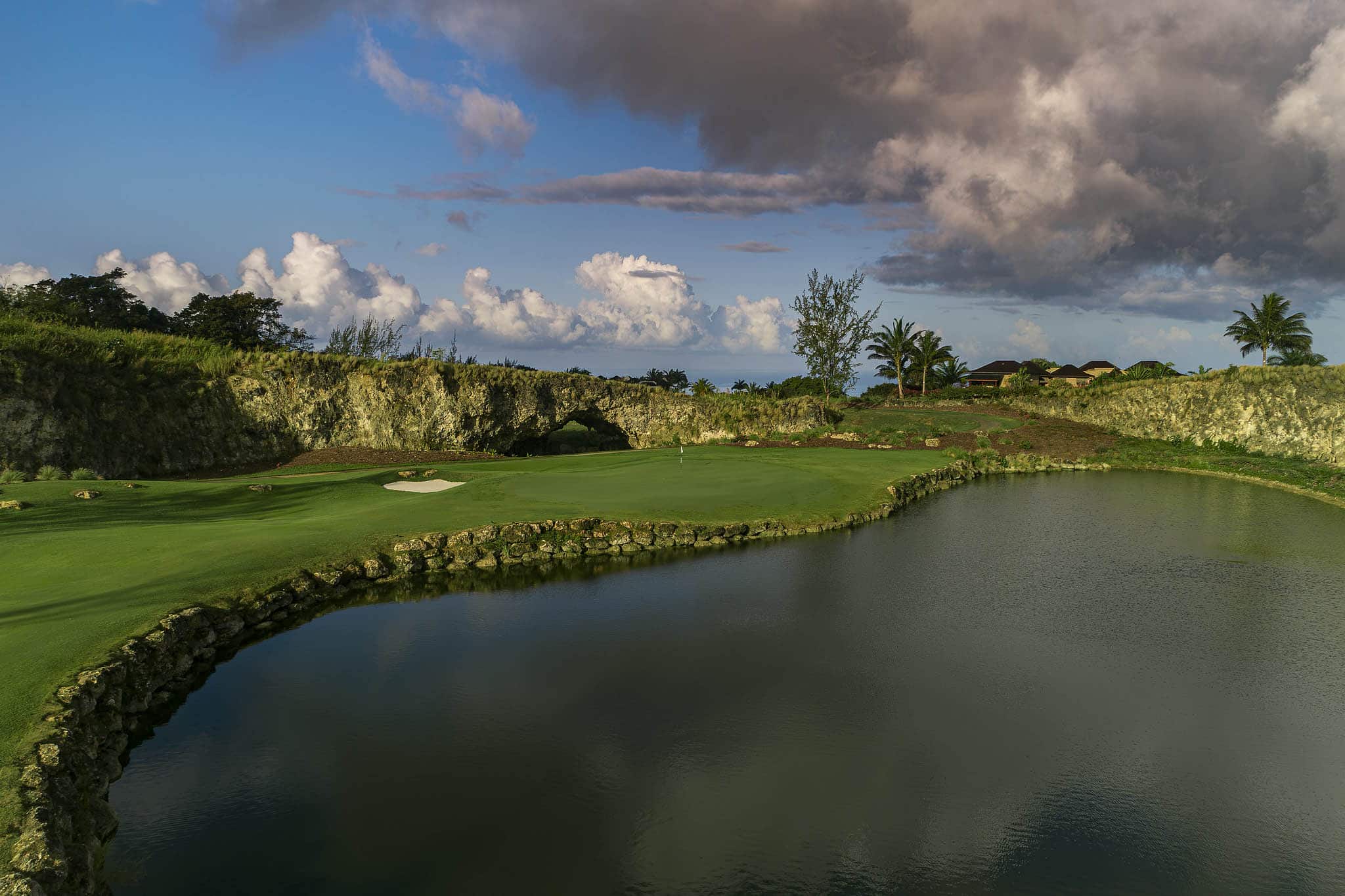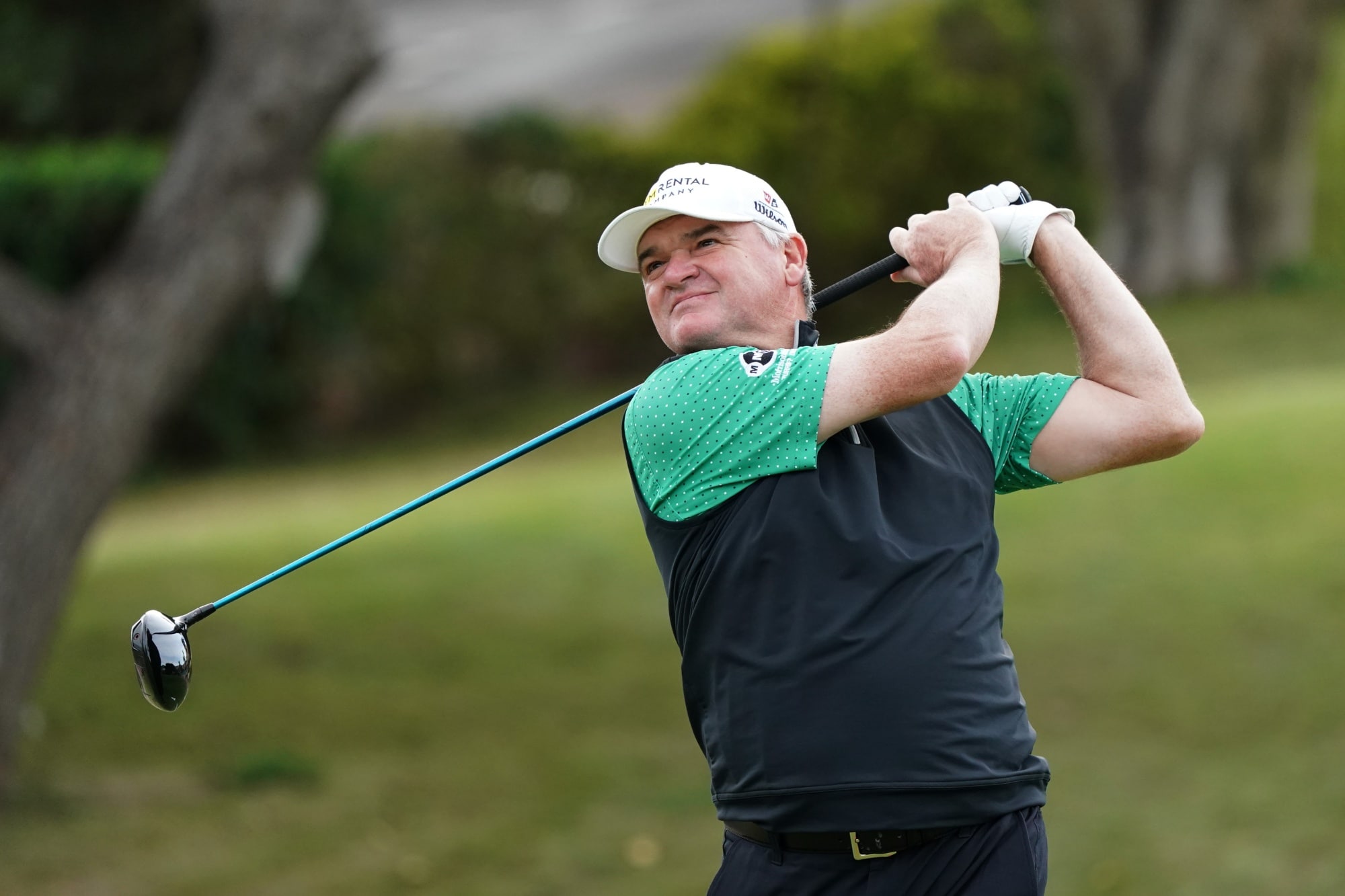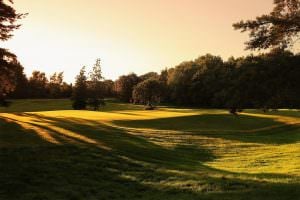Pete Dye golf courses
TPC Sawgrass – Stadium Course
Home to one of the most famous Par-3s in golf, the 17th hole island green, the Stadium course at TPC Sawgrass is designed to favor no, particular golfer or any particular style of golf. A very balanced course with a wide variety of holes, short medium and long par-3s, par-4s and Par-5s in their respective categories. Dye requires a player to shape the ball both ways to fit the left and right doglegs that are around the course, along with the right and left doglegs, no two consecutive holes play in the same direction so players are constantly having to play different shots due to the change in direction of the wind. The course hosts the Players tournament on the PGA Tour each year and it provides a stern test for the very best players in the world. Tiger Woods, Rickie Fowler and Phil Mickelson are just three of a long list of famous names in golf who have won around the stadium course.
Crooked Stick
Crooked Stick in Carmel, Indianapolis, USA was built in 1964 by Pete Dye. He used inspiration from Alister Mackenzie, Donald Ross and C.B. Macdonald, and his tours of Scottish links courses, including Muirfield, Royal Dornoch, Carnoustie and St. Andrews, to design Crooked Stick. The course is a Par 72 and can stretch, off the back tees, to a monstrous 7,567 yards. Each hole runs in a different direction to the preceding it and the hole following it, requiring a player to use their ‘poise, courage and intelligence in order to put together a good round of golf. Crooked Stick has hosted a number of major golf tournaments since it was opened. It was the venue for John Daly’s PGA Championship win in 1991 when he was the ninth alternate to get into the tournament. Other tournaments include, 1993 U.S. Women’s Open, 2005 Solheim Cup won by Team USA, 2009 U.S. Senior Open.
Also, Crooked Stick has hosted two FedEx Cup play-off events, the 2012 and 2016 BMW Championship won by Rory McIlroy and Dustin Johnson respectively.
BlackWolf Run – River Course
The River course at Blackwolf, opened in 1988, runs alongside the Sheboygan River, Kohler, Wisconsin. A Par-72 course which can play a monstrous 7,404 yards from the back tees and boasts three par-5s over 600 yards in length and a par-4 18th hole which can play over 500 yards. The woodland course designed by Pete Dye, puts emphasis on target landing areas surrounded by strategic bunkering. Once the fairway is found, approach shots are fired into large undulating greens which require exceptional touch to two putt and walk away.
The course has hosted two U.S. Women’s Open in 1998 won by Se Ri Pak and in 2012 won by Na Yeon Choi. The course was a combined course with the other 18 hole course on the complex, the Meadow Valley course.
The Honors course
Near Ooltewah, Tennessee, the honors course designed by Pete Dye was virtually wilderness until Dye started building the course in 1981, by 1982 the fairways and greens were ready to be layed and the course was ready to open in 1983. When opened the course was instantly hailed for its strategic bunkering and narrow fairways, which were accustomed to a Pete Dye design, the course was the host to the 1991 U.S. Amateur won by Mitch Voges by 7&6 in the final. Two NCAA division 1 Championships have been played there in 1996 and 2010. In 1996 a young Tiger Woods then at Stanford University was so far ahead of the field that he could shoot an 80 in the final round and still win by 4 strokes. Played as a Par-72, and reaching back 7400 yards from the back tees, it provides an intimidating test from the back tees.
Harbor Town Links
Host to the RBC Heritage every year since 1969 on the PGA Tour, Harbour Town Links in South Carolina is one of the mentally testing for any golfer. The design, by Pete Dye, is heavily biased on strategy and precision, with no fewer than 5 holes having a very small margin between water hazards and the green. 10 of the holes take this emphasis on precision to a new level by making the player hit to a particular side of the fairway in order to have a clear shot, that isn’t obstructed by trees, to the green. As in common with a seaside course, Harbour town uses the sea as a lateral hazard, meaning when it is low tide the ball is playable should a player wish to do so, and at high tide the ball becomes unplayable because the sea is in. The 18th is the signature hole, the player needs to make the carry to a small section of fairway but then stop his ball before another hazard line some 100 yards further on, this can prove bery difficult if the hole is playing with a strong wind. After negotiating the tee shot successfully the player must then carry the same hazard to the green which is guarded by two bunkers, front and back hazard left and a drop off to the right. The Par-4 plays at 472 yards from the back tees, so a four here is well earned.
Ocean Course, Kiawah Island
The Ocean Course at Kiawah Island has an impressive resume considering it was only opened in 1991, having already hosted the 1991 Ryder Cup which was given the infamous name of ‘the war on the shore’, the 2007 Senior PGA Championship, the 2012 PGA Championship and in future the 2021 PGA Championship.
The course has two distinctive nines, the front nine plays through a marsh area and the back nine is dominated by dunes, the distinct lack of trees and better ocean views.
There is probably no other course in the world, that is outside of the UK and Ireland, that is affected by winds as much, in some cases on two different days there could be up to an eight club difference depending on the strength and direction of the wind. The course is often regarded as one of the hardest in the world, because of its incredible length, off the very back tees it will go too 7,873 yards and play a par 72. Of the 10 par fours on the course six of them can play over 480 yards long and with the tendency for the wind to get very strong, these holes can play extremely difficult.
Large slopes, raised greens, numerous bunkers and challenging bermuda grass are the characteristics of the Ocean course. The raised greens with many drop offs on them require a premium on good shots and if a green is missed then a players short game will be tested in order to get up and down.
In the 1991 Ryder cup between USA and Europe played on the Ocean course, it was given the name ‘ War on the Shore’ due to the hostility of the fans and players, famously or rather infamously Bernhard Langer missed a short putt on the 18th green of the final match to halve and retain the cup for Europe.
Whistling Straits – Straits Course
The Straits course at Whistling Straits was built in 1998 by Pete Dye. Dye built it too replicate the ancient links courses of the UK and Ireland, with the Straits course being on the shores of Lake Michigan. He sculpted vast rolling greens, deep pot bunkers and grass topped dunes lining the holes. In total there are 967 bunkers that line the 18 holes of the Straits course at Whistling straits and the 8th holes official has the most at 102 on just that hole alone. The two holes with the fewest are 12 and 14 who still have 18 bunkers each.
Dye used the elements to his advantage when designing the course, as often harsh winds whip across Lake Michigan making the course very difficult, and with most holes having bunkers on either side of the fairway, a premium is put on accuracy from the tee. Accuracy is also a neccesity with approach shots as the greens are some of the largest in golf and very undulating, meaning that hitting the green in regulation doesn’t guarantee a two putt.
The signature hole is the 18th hole, named Dyeabolical, which can play a monstrous 520 yards from the championship tees, a drive down the right fairway leaves a long iron to an enormous undulating green. Even though the approach is downhill, swirling winds force an extra club to be taken and the shot must carry the seven mile creek that guarantees the front of the green.
PGA West – Stadium Course
Located in La Quinta, California, the stadium course at PGA West is one of Pete Dye’s most dye-abolical design, with the 17th hole being the signature hole on the course. The Par 3 17th at PGA West is named Alcatraz, a short par 3 to a small island green, the green is surrounded by rocks and water the whole round so a player must commit to whatever shot they will hit. Following the 17th is the equally challenging 18th hole, with water running down the entire left side of the hole and deep bunkers guarding the right side an accurate tee shot to the undulating fairway is required, and similarly to green, a sensible shot to the heart of the green is the percentage play, any player attacking the flag risks missing the green and leaving a difficult up and down for par or missing left leads to bogey of worse.
The name stadium course comes from Pete Dye’s ingenious plans of creating natural amphitheaters around the holes for spectators to watch the golf. Every other year the course host PGA Tour Final Qualifying, and it tests a players skill the entire way round the 18 hole layout.
At 7,300 yards long it isn’t one of the longest courses but it makes up for that with premiums on hitting fairways and greens in order to score well on the course.
Teeth of the Dog
Teeth of the dog at the Casa de Compo resort on the Dominican Republic coast in the Caribbean is arguably Pete Dye’s best designed course. He quoted that ‘he made eleven of the holes and God made the other seven’ and it is those seven that run along the coast.
Opened in 1971, the course took 2 years to design, and used the natural flow of the land to make the holes both intimidating but good on the eye. This is most apparent on the par 3 5th hole, although short at 176 yards, the hole is on two outcrops on the ocean, one for the green and one for the tee. The green is tiny surrounded on three sides by water and a deep bunker to the right side to stop the bail out, winds that come in from the sea can cause havoc on this hole, and depending on the strength and direction of the wind the hole can be as little as a wedge or nine iron all the way up to a 3 or 4 iron.
Recently renovated in 2005 and lengthened to 7,350 yards from the championship tees, the course ranked inside the top 100 in the world continues to demand the respect from players of all abilities.
Tom Irwin

Tom is a lifetime golfer, now over 30 years playing the game. 2023 marks 10 years in golf publishing and he is still holding down a + handicap at Alwoodley in Leeds. He has played over 600 golf courses, and has been a member of at least four including his first love Louth, in Lincolnshire. Tom likes unbranded clothing, natural fibres, and pencil bags. Seacroft in Lincolnshire is where it starts and ends.










